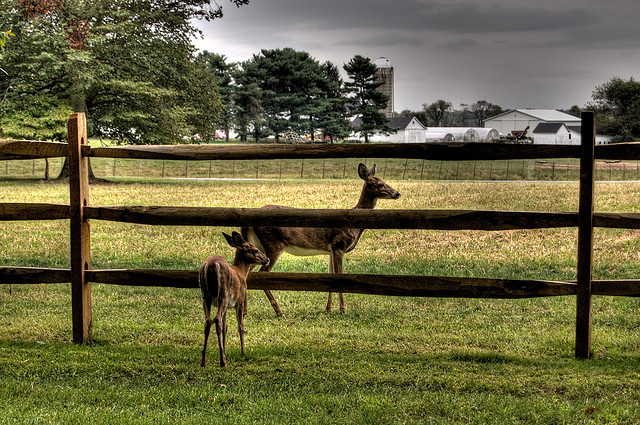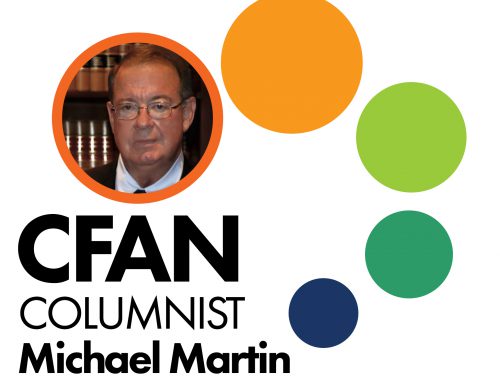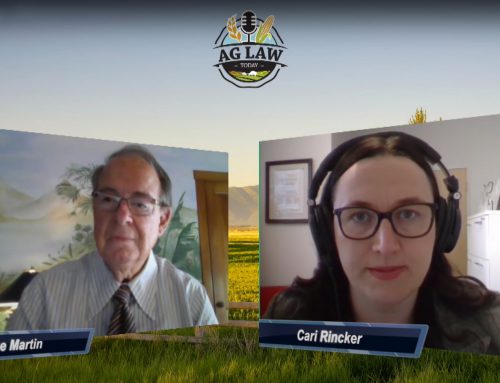It’s an unfortunate reality that agriculture and wildlife do not always coexist as well as they should. Take, for instance, the case of a 2006 outbreak of E. coli in bagged spinach grown at a California farm. According to an NPR piece, the spinach was contaminated on the farm, and about 200 people were made ill and three of them unfortunately died. The strain of E.coli was also found in cattle living about a mile from the spinach farm and wild pigs that lived in the area. Operating on the assumption that the wild pigs were to blame for the contamination, many vegetable and greens producers have since taken drastic steps—including removing trees, clearing out streams and stripping habitat areas down to the soil from around their fields—to ensure that wild animals aren’t attracted to their fields; the thought is, no wild animals, no contamination. The producers who have been taking such steps in the nine years since the outbreak believe their efforts will help make their harvests safer, but a recent study says it may all be for naught.
University of California, Berkeley, researcher Daniel Karp wondered if such efforts were really making produce safer. He and a group of colleagues analyzed thousands of results of pathogen tests performed on fresh produce from dozens of farms; they found that there was no relationship between farms with surrounding wild habitats and higher pathogen levels. In a strange twist, the data showed that some farms that had stripped away surrounding habitat actually had a higher rate of pathogens detected on their produce, showing that removing wild habitats seemed to be making the food less safe. The study was published in Proceedings of the National Academy of Sciences in August, 2015.
While Karp believes that perhaps wild vegetation acts as a filtering medium for water contaminated by pathogens—such as from the cattle that were about a mile from the spinach farm—others are skeptical about his findings concerning how the destruction of habitats seem to be resulting in increased pathogen testing on some farms. A food safety expert with the University of California, Davis, Trevor Suslow, believes that better testing equipment and methodologies have created the increases and not actual higher rates of pathogen, but he does maintain that there is no science to back up the removal of wild, natural habitats from around farms and fields. While the war against pathogens like E. coli in our food supply is ongoing, the measures taken to win battles need to be based in science, not knee-jerk reactions.



